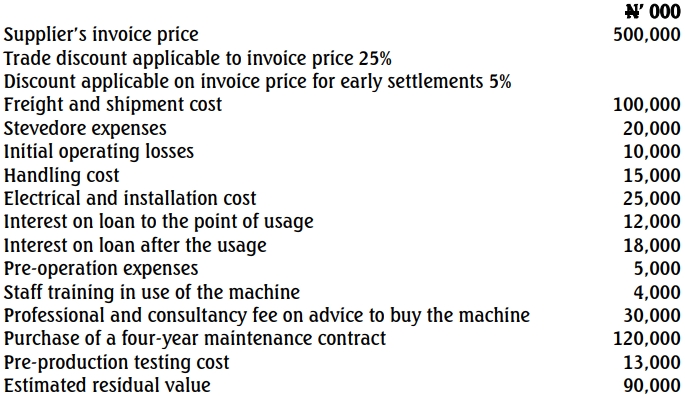- 20 Marks
AT- Nov 2022 – L3 – Q4 – Regulatory Environment for Corporate Reporting
Discuss the significance, guiding actions, inconsistencies, compliance areas, and dispute resolution in transfer pricing under Nigeria’s 2018 regulations.
Question
Transfer pricing has become a topical issue in the world of taxation in recent years. This trend is partly driven by the need to prevent fiscal evasion and avoid economic double taxation. Various governments, both in developed and emerging countries, have continued to issue regulations to guide the operations of transfer pricing systems within their jurisdictions.
In Nigeria, the first step toward establishing a legal framework for regulating transfer pricing took place in August 2012, with the enactment of Income Tax (Transfer Pricing) Regulations Number 1, 2012. Due to shortcomings in the implementation of this regulation, it was revoked, and the Income Tax (Transfer Pricing) Regulations 2018 was subsequently enacted.
One critical principle, enshrined in various transfer pricing regulations, that every taxpayer must comply with when dealing with transactions between related entities is the arm’s length principle. This principle has gained significant attention among academics, regulatory institutions, and professionals, with ongoing debate surrounding its application.
Required:
a. Explain the significance of transfer pricing to both the taxpayers and tax authorities. (2 Marks)
b. In complying with the arm’s length principle, discuss two guiding actions which enterprises and multinationals must follow in their intercompany dealings. (3 Marks)
c. Identify and explain four methods multinational companies might use in financial dealings with associated or subsidiary entities that deviate from the arm’s length principle. (6 Marks)
d. In the administration of the Transfer Pricing Regulations 2018, highlight and discuss three fundamental compliance areas for taxpayers and tax practitioners. (6 Marks)
e. Explain the resolution process for disputes that arise between a taxpayer and tax authorities under the Transfer Pricing Regulations 2018. (3 Marks)
(Total: 20 Marks)
Find Related Questions by Tags, levels, etc.



